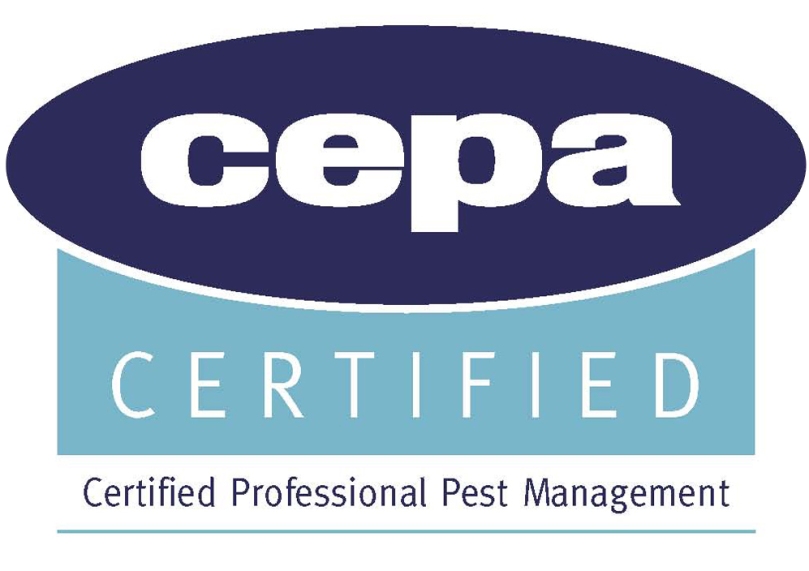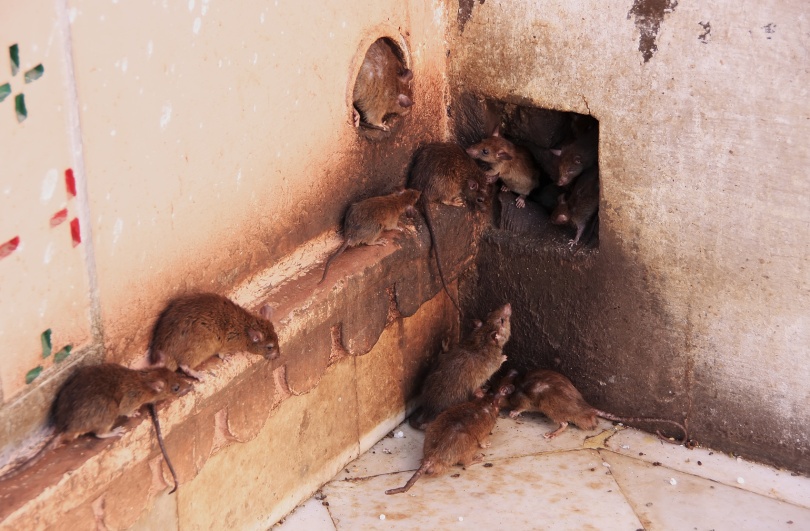If you want to see whether your company measures up against the new European Standard EN16636, you can get a copy of the standard from a National Standards body such as the British Standards Institute. BSI charge £174 a copy. For a pdf. Ouch.
We have found the same document available for just EU14.69 (about a tenner) on the Estonian Standards body website www.evs.ee/shop – and you get a free translation in Estonian too!
For companies who want some help to meet the standard (including copies of all documentation required, a pre-audit assessment, guidance on what auditors will be looking for, coaching on how to be audited and pass, etc etc.), BPCA can provide this (no charge for members). Also, from January 2016 all paid-up BPCA Members will have a free audit by a global certification body (Bureau Veritas) against the EN16636 standard – we’ve saved up ready for this and can offer it at no charge to members.
Why do it? Pierre Choraine, the Head of Sector Biocides for DG Health & Food Safety in the European Commission (the man who decides who can buy and use biocides across Europe) said back in March 2015 “…if CEPA Certified can achieve critical mass whereby the Commission can be sure that there are sufficient numbers of pest professionals across Europe to ensure the ongoing protection of public health and assets from pests, we would be minded to add wording to active substance authorisations along the lines of ‘to be used only by CEPA Certified Professionals’…”
So there you have it. European licencing is around the corner, and BPCA members will be ready for it. Even better, it’s included in the cost of BPCA membership. Just like the technician audit that may be required to meet rodenticide stewardship/legislation that one speaker mentioned at the Pest Control News seminar earlier this month. The same speaker talked about significant additional costs, but that won’t apply to BPCA – Members have already paid for this, so they are covered.
‘Coffee and a chat’ is also free.


